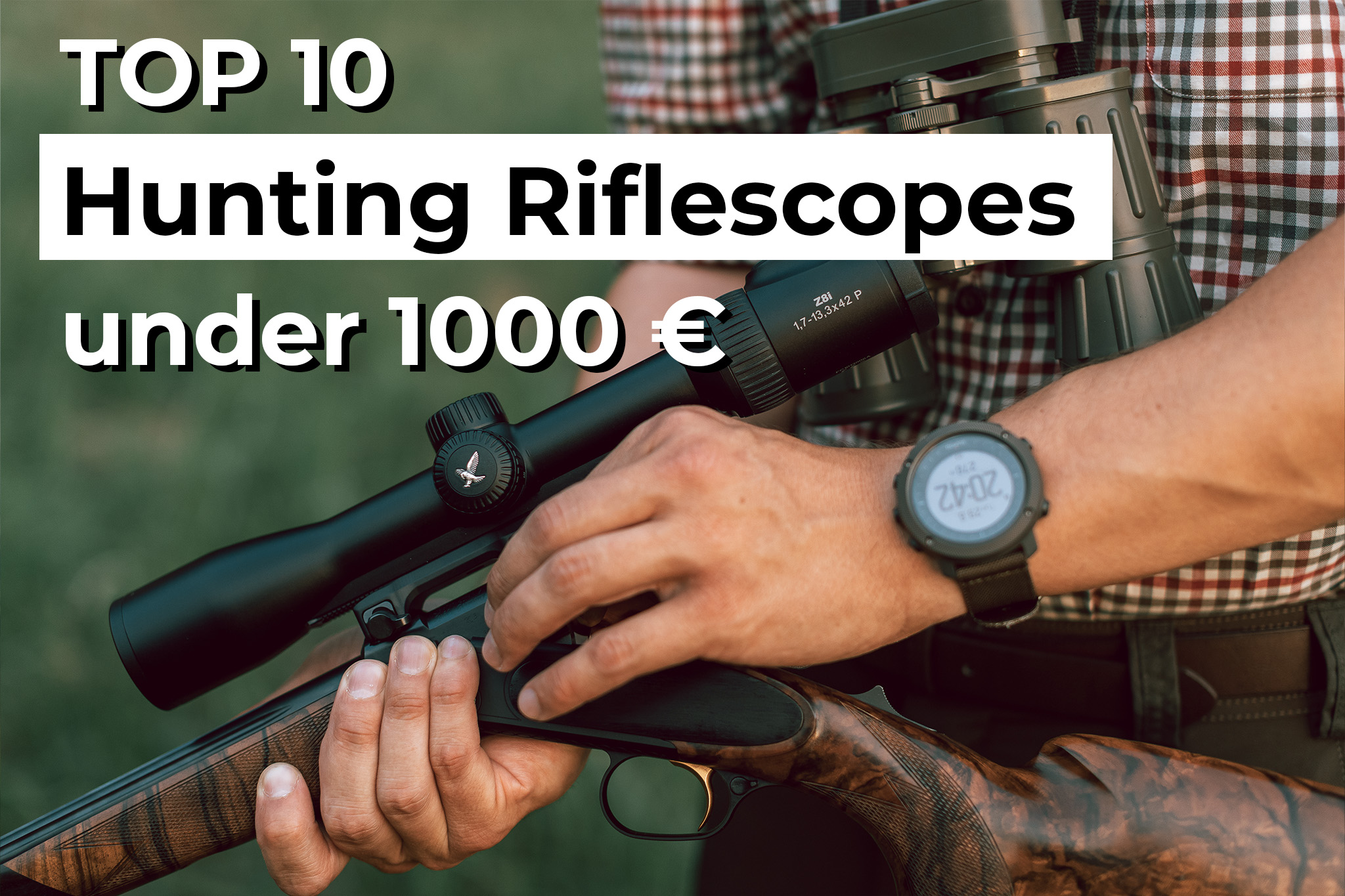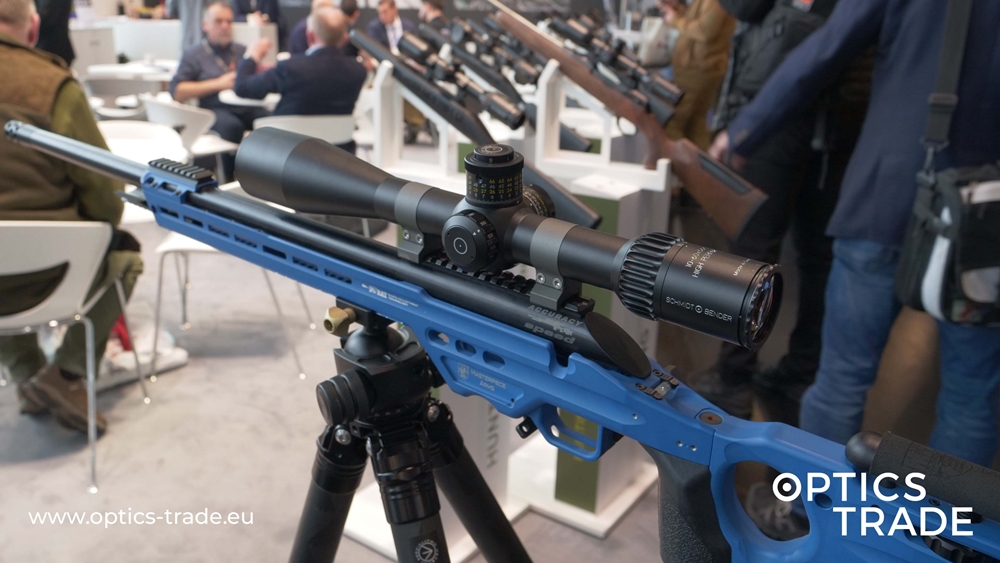Welcome to Optics Trade debates. In each episode, we talk about a different topic and try to answer the most common questions we receive about it. Today we are going to talk about fixed and variable magnification.
Fixed magnification has only one magnification and you are not able to change it.
With variable magnification, you are able to choose which magnification you would like to use. That means that you have a zoom. When you zoom in, the field of view, the image itself changes a little bit. The image becomes a little bit dimmer at high magnification.
It’s the same with binoculars. There are fixed magnification binoculars with one fixed magnification and variable magnification binoculars that have changeable magnification.
Variable magnification is very rare with binoculars while it’s on almost every riflescope. On the other hand, fixed magnification is used on most binoculars, but scopes with fixed magnification are dying out.
There are only a few manufacturers that still produce fixed magnification riflescopes, Schmidt&Bender and Docter (premium producers). If we look at variable magnification binoculars, we can see that the only premium manufacturer that produces them is Leica.
Fixed magnification optics have a lighter construction, are easier to produce, and are smaller. It’s also easier to produce a high-quality image with fixed magnification optics, that’s why most binoculars for which that is the most important factor, feature fixed magnification. That is also why Leica is the only premium producer that makes premium variable magnification binoculars.
The advantages of fixed magnification optics are that they are lightweight, high-quality optics, which have a higher light transmission rate because there are fewer glass elements.
The main advantage of variable magnification is that it’s very versatile. It can be used for close range and freehand shooting, on low magnifications. It’s perfect for low-light use at 8x magnification.
On high magnification, it’s suitable for long-range use and for observing small details.
Variable magnification optics that have the same optical quality as the fixed magnification counterparts are a lot harder to produce, are bigger, heavier, have more glass and are a lot more expensive. However, they are still a lot more versatile than fixed magnification optics.
It is better to go with fixed magnification on binoculars because they offer better optics for a lower price.
We would like to thank you for your time. In case we did not answer all the questions regarding this topic please leave a comment below or send an e-mail to us. If you found the video useful, please subscribe to our channel.
Explanation of the term ‘magnification’ on our website:
Magnification is an optical parameter which enlarges/zooms the viewing image and makes the observed object seem bigger. For example, with magnification factor 10 we see objects 10 times larger, which means if an object is 0.1 m high and 100 m away we see it 1 m large. In other words, it’s the same observing the object that’s 100 meters away with a 10x binoculars as watching it with the naked eye 10 meters away. In choosing the right magnification for fixed magnification optical products, practice shows that the most useful magnifications are between 7x and 10x, where average people seem to handle optics without too much hand tremor.

Source: ZEISS
Fixed magnification
Optical products with fixed magnification are designed in a way that they allow only one magnification of a viewing object. Due to a smaller number of lenses used in their construction, they are optically brighter and have lower loss of brightness. The number of lenses contributes to its smaller size and lighter weight in comparison to optics with variable magnification. Most binoculars tend to have fixed magnification, whereas with riflescopes it’s getting rarer each year. Normally this kind of optical products is easier to use and cheaper. They also offer better optical performance, especially in terms of the light transmission rate.
Variable magnification
Variable magnification simply means that the optical product is designed in a way where you can change the magnification of a certain area. This consequently changes the viewing angle, where higher magnification means smaller/narrower viewing angle and lower magnification means a wider viewing angle. Variable magnification adds to the versatility and general usefulness.
Products mentioned:
Riflescopes with fixed magnification: https://www.optics-trade.eu/en/riflescopes/shopby/variable_magnification-no.html
Riflescopes with variable magnification: https://www.optics-trade.eu/en/riflescopes/shopby/variable_magnification-yes.html
Binoculars with fixed magnification: https://www.optics-trade.eu/en/binoculars.html
Binoculars with variable magnification: https://www.optics-trade.eu/en/binoculars/zoom-binoculars.html




